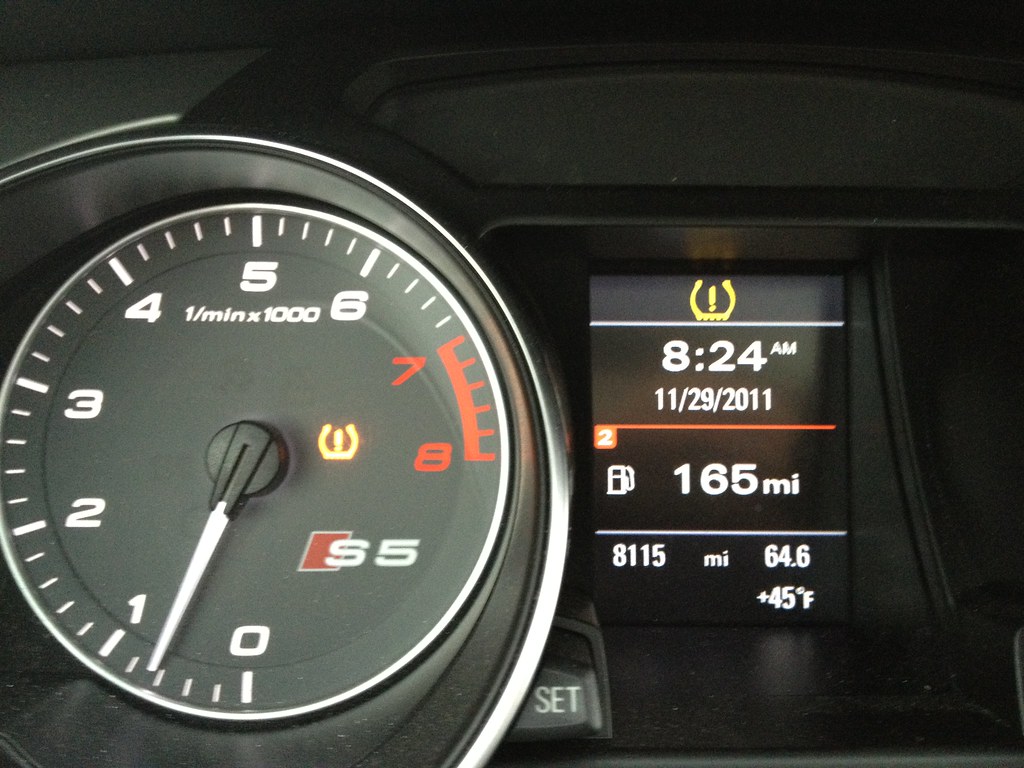
The other day, a casual stumble led to an astonishing discovery under the dashboard of a 2002 Lexus ES300 – a “secret knob” that unveiled a function previously unknown to the owner. This seemingly small incident ignited a quest, sending us down a captivating rabbit hole of automotive revelation. It made us wonder: what other incredible capabilities are lurking, unseen and unused, within the vehicles we drive every single day?
Automakers, with their genius for design and engineering, often embed a wealth of features that go far beyond the obvious buttons and levers. These hidden gems are incorporated for a multitude of strategic reasons, from enhancing security and maintaining a clean user interface to optimizing cost efficiency by leveraging existing hardware for multiple functions. They’re often designed to offer an exclusive edge to knowledgeable owners or provide crucial access for maintenance and specific driving conditions without cluttering the main dashboard.
Join us as we embark on this exciting journey of discovery, where practical innovations meet a surprising level of astonishment. Buckle up, because we’re about to unveil a treasure trove of unexpected capabilities that your car possesses. These insider hacks and lesser-known features are waiting right beneath your fingertips and behind your steering wheel, promising to transform your daily commute and weekend adventures. You’ll soon be wondering how you ever hit the road without them!

1. **Keyless Entry for Automatic Unlock**
Imagine approaching your car with your hands full of groceries or perhaps wrangling a toddler. The last thing you want to do is fumble for your keys or press a tiny button on a remote. Many drivers don’t realize that if their car is equipped with keyless entry, they often don’t even need to press the unlock button at all.
This isn’t magic; it’s smart engineering at play. Your car can sense the RFID sensor embedded within the key fob, which might be tucked away in your pocket or purse. As you reach for the door handle, the vehicle recognizes the fob’s proximity and automatically unlocks itself, granting you seamless access.
This feature, while seemingly simple, is one of those overlooked conveniences that can truly streamline your daily routine. It’s a testament to how modern automotive design prioritizes ease of use, even if the method isn’t explicitly highlighted. This effortless entry transforms a minor inconvenience into a smooth, almost intuitive action, making life just a little bit easier for the busy driver.
Read more about: Unlocking Winter Confidence: The Top 9 2025 SUVs That Excel in Snow

2. **FOB Backup for Dead Battery Starts**
There are few things as frustrating as approaching your push-button start car, remote in hand, only to find that the key fob battery is dead. The car won’t start, and panic might begin to set in. But fear not, because manufacturers have anticipated this exact scenario with clever backup solutions.
Many vehicles come with built-in redundancies. Some models feature a removable push-to-start button, allowing you to insert a traditional key directly into the ignition. Other cars boast a dedicated backup key slot or a discreet hidden compartment where you can physically insert the key fob. This direct physical insertion allows the car to recognize the RFID security chip, bypassing the need for a functioning fob battery.
For instance, the Ford Fusion is known to have an unlabeled pocket specifically for this purpose, sometimes found in the armrest compartment, under the ash tray mat, or even within the steering column. Knowing these specific locations can be a lifesaver, transforming a moment of potential crisis into a quick, straightforward fix. It’s a prime example of thoughtful design anticipating inevitable roadside emergencies.

3. **Cooled Glovebox/Console Compartments**
Ever wished you had a mini-fridge in your car, especially on a long road trip or during a hot summer day? Well, for many drivers, that wish might already be a reality, hidden in plain sight. Some cars are equipped with air-conditioned compartments specifically designed to keep beverages, snacks, or even temperature-sensitive items like chocolate cool and fresh.
These innovative storage spaces are often found within the center console or, more commonly, the glovebox. It’s not an exotic feature limited to ultra-luxury brands; several popular makes and models integrate this practical convenience. Volkswagen, Saab, Dodge Avenger, and Honda Odyssey are among the brands that have offered this feature, with specific examples like the 2014 KIA Optima proudly sporting a “Refrigerated” glove box.
Discovering this feature means you might no longer need to haul a separate cooler in your car, freeing up valuable space and simplifying your packing for outings. It’s a subtle yet significant upgrade to your driving experience, ensuring a refreshing sip or an intact snack is always within easy reach. This hidden cooling capability genuinely elevates the comfort and practicality of your vehicle.
4. **Rear Fog Lights**
Have you ever noticed a rear taillight or brake light on a car that appears to be stuck on, burning brighter than the others, and perhaps wondered if there was an electrical fault? What many drivers perceive as a malfunction is actually a deliberate and incredibly useful safety feature: the rear fog light. This is particularly common in European makes, where dense fog and poor visibility are more frequently encountered.
Designed to emit a more intense red light than standard taillights, the rear fog light significantly increases a vehicle’s visibility to following traffic in adverse conditions such as heavy fog, rain, or snow. Its powerful glow helps prevent rear-end collisions by making your car stand out when regular taillights might be obscured. There’s usually a dedicated button or switch on the dashboard or near the headlight controls to activate and deactivate it.
Understanding the purpose and operation of your car’s rear fog light is crucial for both your safety and the safety of others on the road. It’s not about an electrical glitch; it’s about a specialized illumination system that provides a critical layer of protection when Mother Nature makes driving treacherous. So, the next time you see a car with a seemingly ‘stuck’ taillight, you’ll know it’s likely a savvy driver utilizing a hidden safety asset.
Read more about: The Ultimate Guide: 15 Crossover SUVs Engineered to Surpass 270,000 Kilometers Without Major Breakdowns
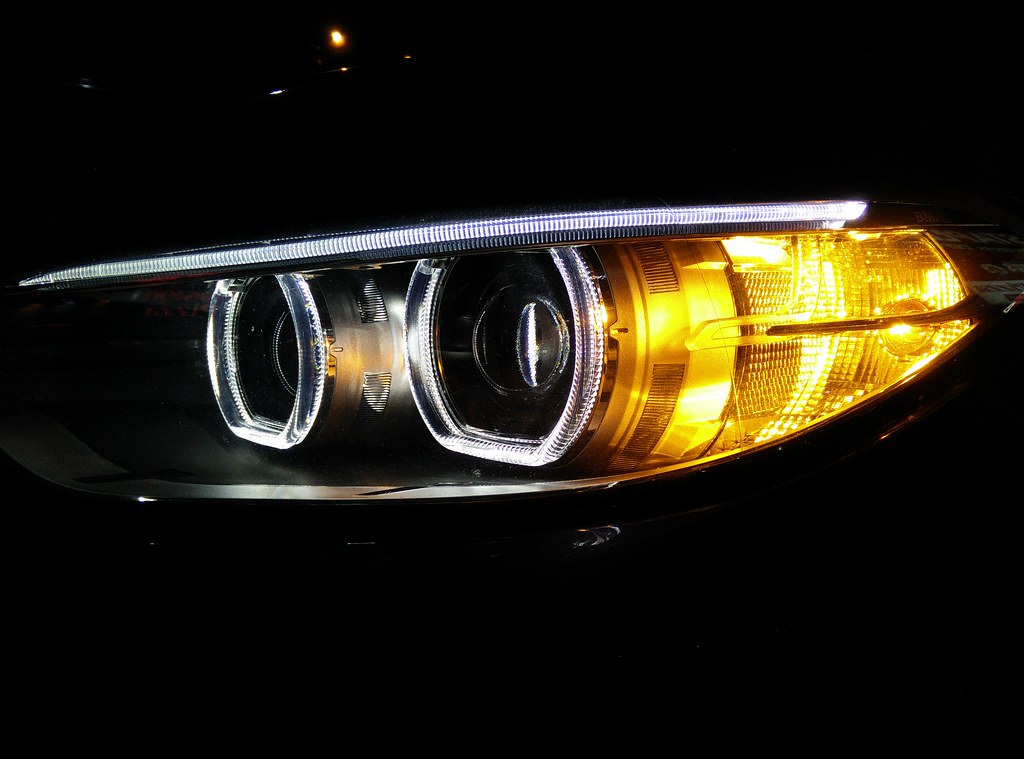
5. **Disabling Daytime Running Lights (DRLs)**
Daytime Running Lights (DRLs) are a great safety feature, making your car more visible to others during daylight hours. However, there are times when they can be, well, a bit annoying. If you’ve ever found yourself sitting in a parking lot, waiting for someone, with your DRLs blazing and potentially blinding the person in the car in front of you (yes, “Looking at you 2004 Toyota Corolla…”), you know the frustration.
What many drivers don’t realize is that there’s often a simple, hidden trick to temporarily deactivate these lights. On a surprising number of cars, pulling the parking brake up just one click — not enough to engage the brakes fully, but just enough to trip a sensor — will turn off the daytime running lights. In some vehicles, it might even turn off the headlights entirely, offering a moment of discretion or relief from the glare.
This subtle hack provides a convenient solution for those specific situations where automatic DRLs are more of a hindrance than a help. It allows drivers to maintain control over their vehicle’s lighting in a way that isn’t immediately obvious from the owner’s manual. It’s a small adjustment that offers significant comfort, proving that sometimes, the simplest solutions are the most overlooked.
Car Model Information: 2024 Toyota Corolla LE
Name: Toyota Corolla
Caption: Twelfth generation model (2020, hatchback)
Manufacturer: Toyota
Aka: unbulleted list
Production: November 1966 – present
Class: unbulleted list
Predecessor: Toyota Publica
Categories: 1970s cars, 1980s cars, 1990s cars, 2000s cars, 2010s cars
Summary: The Toyota Corolla (Japanese: トヨタ・カローラ, Hepburn: Toyota Karōra) is a series of compact cars (formerly subcompact) manufactured and marketed globally by the Japanese automaker Toyota Motor Corporation. Introduced in 1966, the Corolla was the best-selling car worldwide by 1974 and was one of the best-selling cars in the world until 1997, when it surpassed the Volkswagen Beetle as the world’s best-selling automobile of all time. Toyota reached the milestone of 50 million Corollas sold over twelve generations in 2021.
The name Corolla is part of Toyota’s naming tradition of using names derived from the Toyota Crown for sedans, with “corolla” Latin for “small crown”. The Corolla has always been exclusive in Japan to Toyota Corolla Store locations, and manufactured in Japan with a twin, called the Toyota Sprinter until 2000. From 2006 to 2018 in Japan and much of the world, and from 2018 to 2020 in Taiwan, the hatchback companion had been called the Toyota Auris.
Early models were mostly rear-wheel drive, while later models have been front-wheel drive. Four-wheel drive versions have also been produced, and it has undergone several major redesigns. The Corolla’s traditional competitors have been the Nissan Sunny, introduced the same year as the Corolla in Japan and the later Nissan Sentra, Subaru Leone, Honda Civic and Mitsubishi Lancer. The Corolla’s chassis designation code is “E”, as described in Toyota’s chassis and engine codes.
Get more information about: Toyota Corolla
Buying a high-performing used car >>>
Brand: Toyota Model: Corolla
Price: $21,298 Mileage: 39,517 mi.
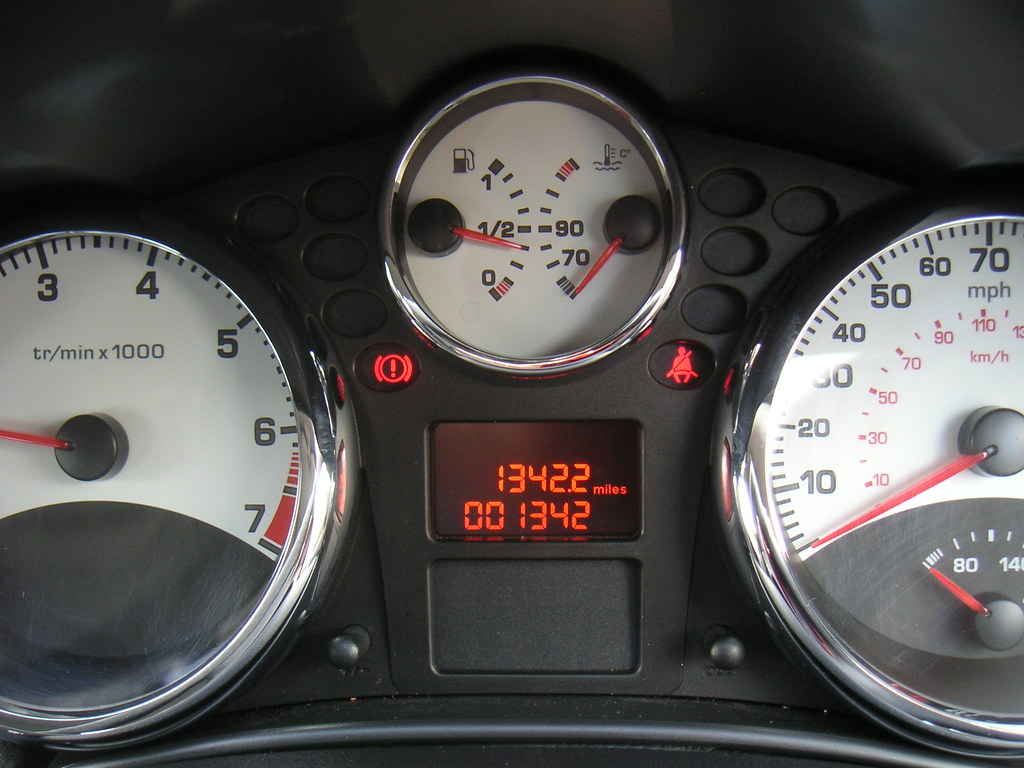
6. **Hidden OBDII Port for Self-Diagnosis**
The dreaded “check engine” light illuminating on your dashboard can trigger immediate anxiety, often leading to costly trips to the mechanic. What if you could get a preliminary diagnosis yourself, for free, from the comfort of your own garage? Many drivers are unaware of the power residing just beneath their steering wheel.
Every car manufactured from 1996 onwards is mandated to include an On-Board Diagnostics II (OBDII) port. This standardized port is a direct gateway into your vehicle’s computer system, designed to provide a wealth of information, particularly error codes that explain why your check engine light is on. Typically, this port is located discreetly under the steering wheel, though its exact position can vary slightly by model.
By plugging in an inexpensive OBD reader, available widely online, you can empower yourself to read these diagnostic codes. This allows you to understand the nature of the problem before consulting a professional, potentially saving you time and money on unnecessary repairs or simply confirming what an issue might be. This accessible diagnostic capability is a powerful hidden feature that puts valuable car intelligence directly into the owner’s hands.
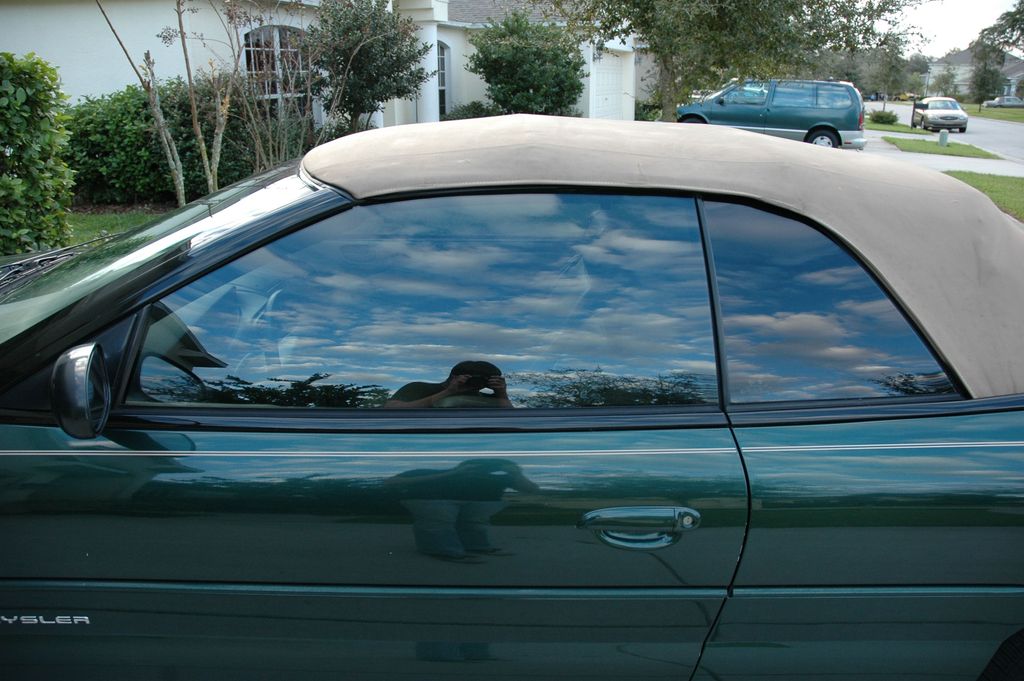
7. **Remote Window Roll-Down**
Stepping into a car that has been baking in the summer sun can feel like entering an oven. The immediate instinct is to open all the windows to let the searing heat escape, but what if you could do that before even reaching the driver’s door? Many drivers, particularly those with Hondas, have reported their windows sometimes going down “on their own,” often mistaking it for an electrical glitch when it’s actually a brilliant, hidden feature.
This often-overlooked function allows you to remotely lower all your car’s windows with a simple sequence on your key fob. For many Honda models, the trick involves pressing the lock button once, then quickly pressing the unlock button twice and holding it down on the second press. The windows will begin to descend, rapidly venting the accumulated hot air and making your initial entry much more comfortable.
Alternatively, for those with older key-based systems, turning the physical key in the door to the lock position, then turning it again to the unlock position and holding it, can achieve the same effect. This ability to air out a superheated cabin from a distance is incredibly convenient, showcasing a design foresight aimed at enhancing driver comfort. It’s a small detail that makes a significant difference on those sweltering days, offering a quick escape from the heat.
Beyond the immediate conveniences and practical fixes we explored in the first section, modern vehicles are brimming with even more sophisticated, often subtly integrated, functions. These aren’t just about making life easier; they’re about fundamentally redefining safety, comfort, and the very act of driving through intelligent automation and luxurious enhancements. Prepare to be amazed by the next wave of ingenious features lurking within your car, proving once again that there’s more to your ride than meets the eye.
These advancements represent a significant leap in automotive engineering, blending cutting-edge technology with intuitive design to create a driving experience that is both safer and significantly more enjoyable. From systems that literally watch the road for you to those that pamper you on long journeys, these hidden gems elevate your vehicle from a mere mode of transport to a truly smart companion. Let’s delve into seven more groundbreaking capabilities that might just transform how you perceive your car.
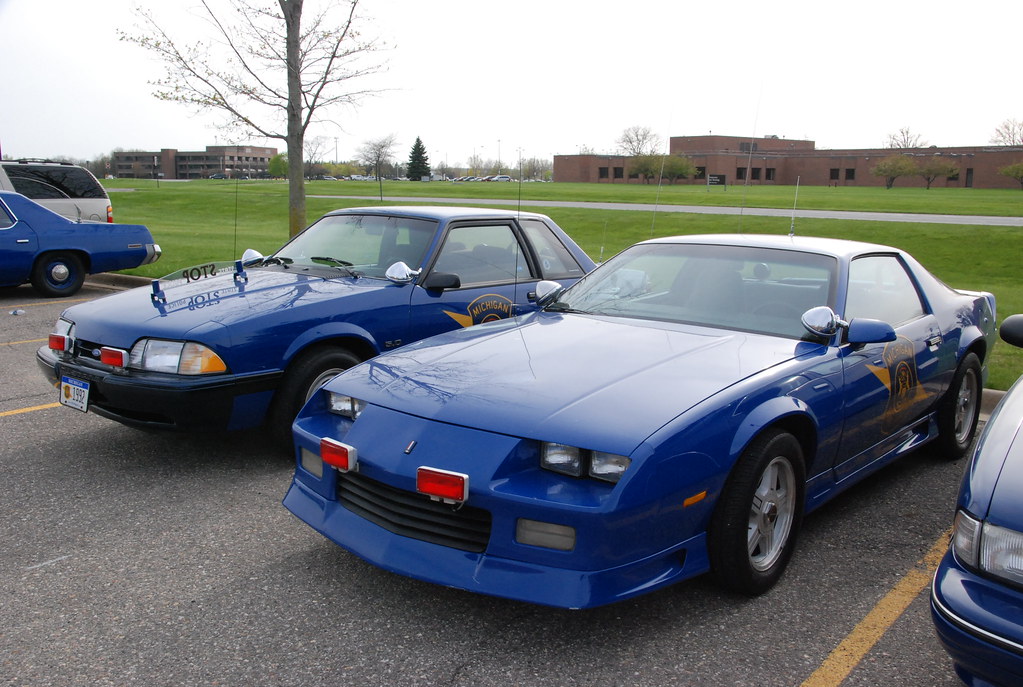
8. **Road Condition Indicator**
Imagine driving in unpredictable weather, and your car proactively warns you about potentially hazardous road conditions, not just the air temperature. This isn’t science fiction; it’s a feature that many drivers unknowingly possess. Nearly every new car is equipped with a temperature sensor that diligently indicates the exterior ambient temperature, a feature many enjoy for tracking the climate as they travel.
However, these intelligent temperature sensors often go a step further. In numerous cases, they activate a specific road temperature warning as temperatures drop, particularly as they approach freezing. This alert is commonly indicated by a distinctive snowflake light appearing on your dashboard, serving as a silent guardian against icy patches. Some sophisticated systems even provide a brief audible warning or display a clear message, explicitly informing you that the roads might be icy.
This thoughtful feature typically activates as temperatures dip below 38°F or 40°F, recognizing that critical surfaces like bridges and overpasses will often freeze before the rest of the road. It’s a subtle yet incredibly impactful hidden function that provides a crucial layer of safety, empowering you with vital information to adjust your driving and stay safe, especially during those tricky winter months.
Read more about: Truck Frame Cracks Under the Microscope: A Consumer Reports Guide to Identifying, Preventing, and Repairing Critical Structural Damage
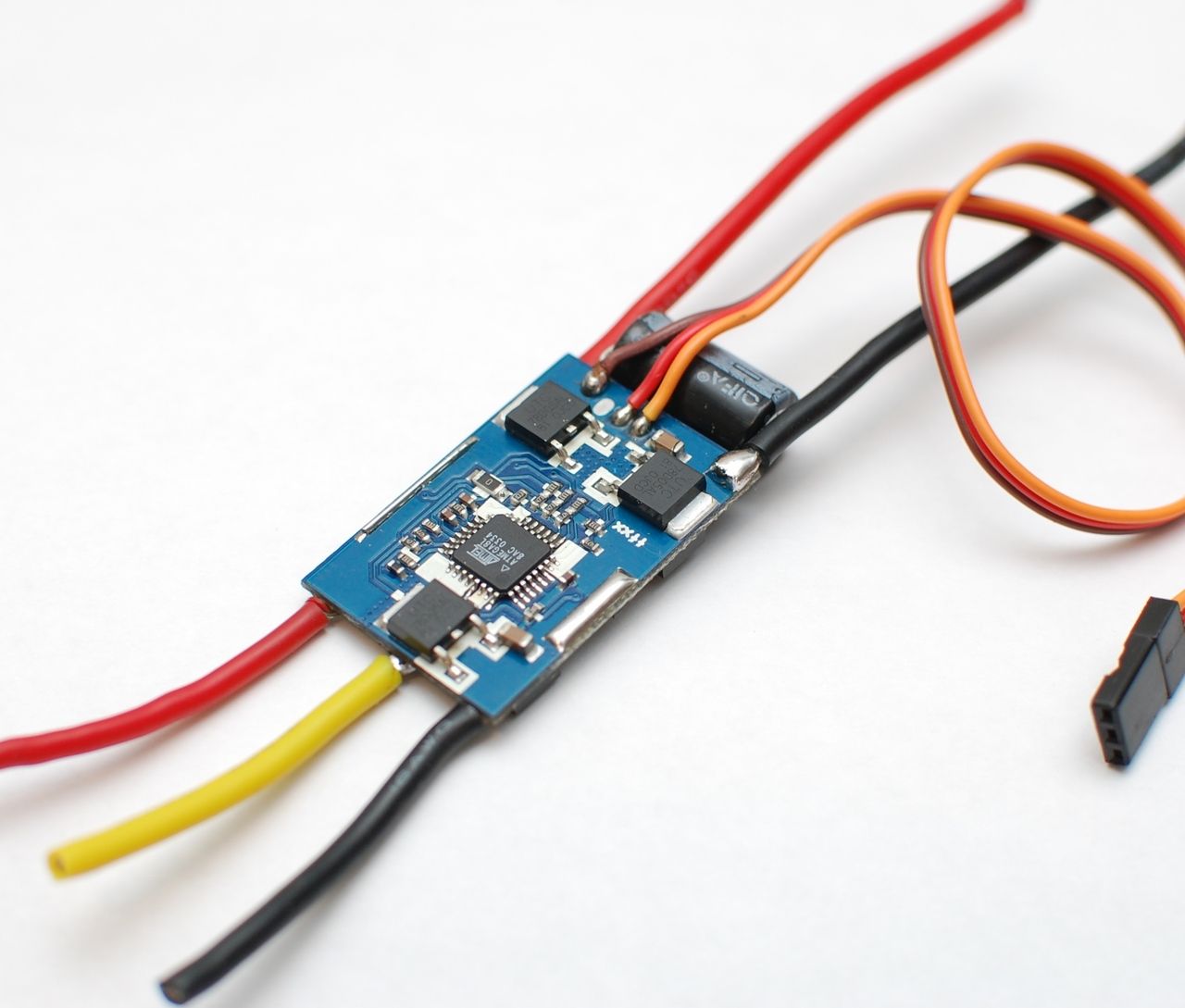
9. **Stability Control (ESC)**
Losing control of your vehicle, especially on slippery roads or during an unexpected maneuver, can be one of the most terrifying experiences behind the wheel. Fortunately, since the 2012 model year, all new cars sold in America have been mandated to include Electronic Stability Control (ESC), a truly remarkable system that operates largely behind the scenes. It’s constantly working, monitoring all four wheels with incredible precision.
The genius of ESC lies in its ability to detect when your car is beginning to slide out of control. This usually happens when the wheels on one end of the car start spinning faster than the others, indicating a loss of traction. When this occurs, the electronic stability control system doesn’t wait for your input; it automatically applies the brakes to one side of the car, or even to a single corner, in micro-bursts. This calculated braking action helps to correct the slide, gently nudging the vehicle back into its intended path.
While its primary role is safety, some vehicles allow you to temporarily deactivate ESC. You’ll typically find a button marked “ESC” or featuring a pictogram of a sliding car for this purpose. This can be helpful in specific, low-traction scenarios, such as trying to extricate your car from deep mud or snow, or when towing a boat out of the water on a particularly slippery ramp. However, for everyday driving, it’s universally recommended to keep ESC active, allowing this hidden guardian to silently protect you and your loved ones.
Read more about: Beyond the Dashboard: Unveiling 9 Life-Saving Car Features Drivers Don’t Use or Even Know Exist
10. **Heads-Up Display (HUD)**
In an age where distracted driving remains a significant concern, anything that helps you keep your eyes firmly on the road is a welcome innovation. Enter the heads-up display, or HUD, a feature originally developed for fighter jets that has seamlessly transitioned into modern automobiles. It offers a revolutionary way to access critical driving information without ever needing to glance away from the road ahead.
The HUD projects vital data directly onto your windshield, creating the illusion that the information is floating in front of you on the road itself. This ingenious projection technology means your eyes remain focused on traffic, hazards, and the path ahead, reducing the time your gaze is diverted to the dashboard. It’s a game-changer for maintaining situational awareness and improving reaction times.
Typically, a heads-up display will show crucial details like your current driving speed and turn-by-turn navigation instructions. More advanced systems might also integrate the speed limit of the road you’re on, or even display the title of the current song playing on your stereo. It’s an unexpected marvel of technology that brings a touch of futuristic convenience and undeniable safety to your daily commute, subtly enhancing your connection with the road.
Read more about: Driving Forward: The 15 Must-Have Car Accessories Drivers Are Actually Using in 2025
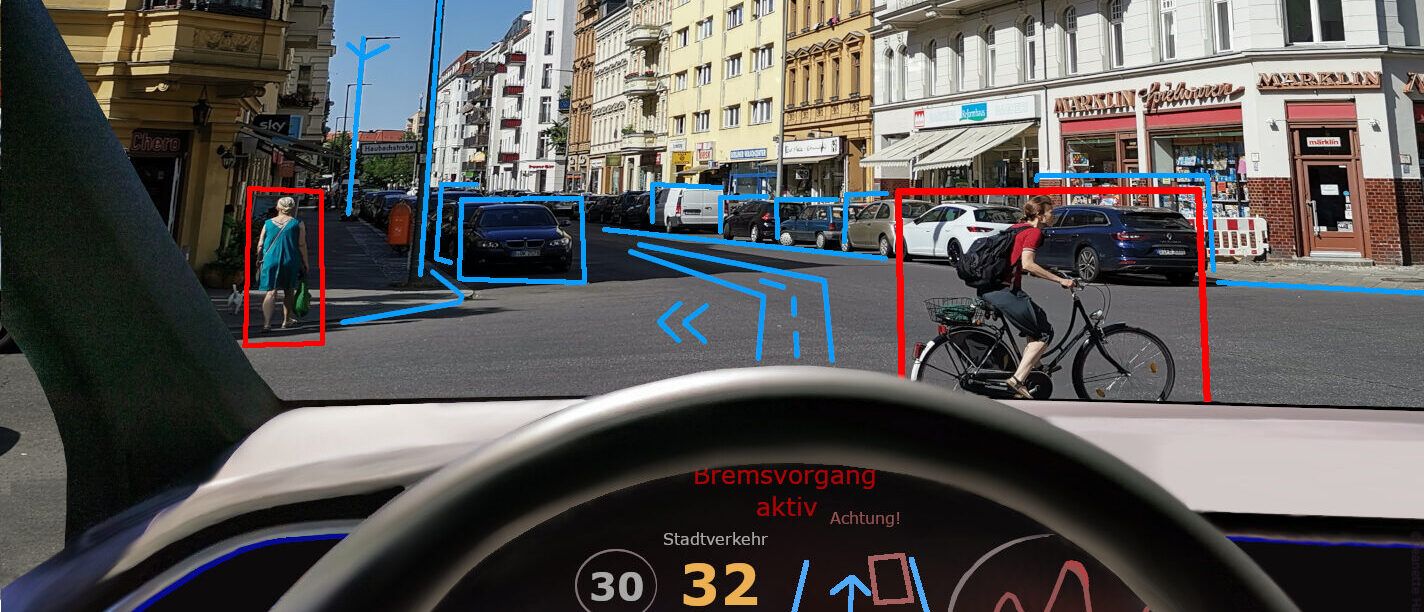
11. **Advanced Driver Assistance Systems (ADAS)**
Today’s cars are incredibly complex machines, and with so much happening on the road, a little extra help is always appreciated. This is where Advanced Driver Assistance Systems, or ADAS for short, come into play. These are not just isolated features; they are a suite of intelligent tools designed to make driving both safer and remarkably more relaxing, acting as an extra set of eyes and an extension of your own reactions.
ADAS utilizes a sophisticated array of radar, laser, and camera systems to constantly scan the road both ahead of and behind your vehicle, diligently searching for potential hazards. One particularly impactful feature within ADAS is forward collision warning. This system meticulously monitors for cars ahead that are rapidly slowing down or braking unexpectedly. If your car detects a significant speed differential and doesn’t sense you moving your foot to the brake pedal, it will immediately flash a prominent warning on your dashboard.
Taking safety even further, some ADAS-equipped vehicles can actively apply the brakes for you if a collision is deemed imminent and you haven’t responded in time. This automatic emergency braking can significantly mitigate the severity of a crash or even help you avoid one entirely. These systems represent a profound leap in automotive safety, transforming your car into a vigilant co-pilot always ready to lend a helping hand in critical moments.
Read more about: Beyond the Dashboard: Unveiling 9 Life-Saving Car Features Drivers Don’t Use or Even Know Exist
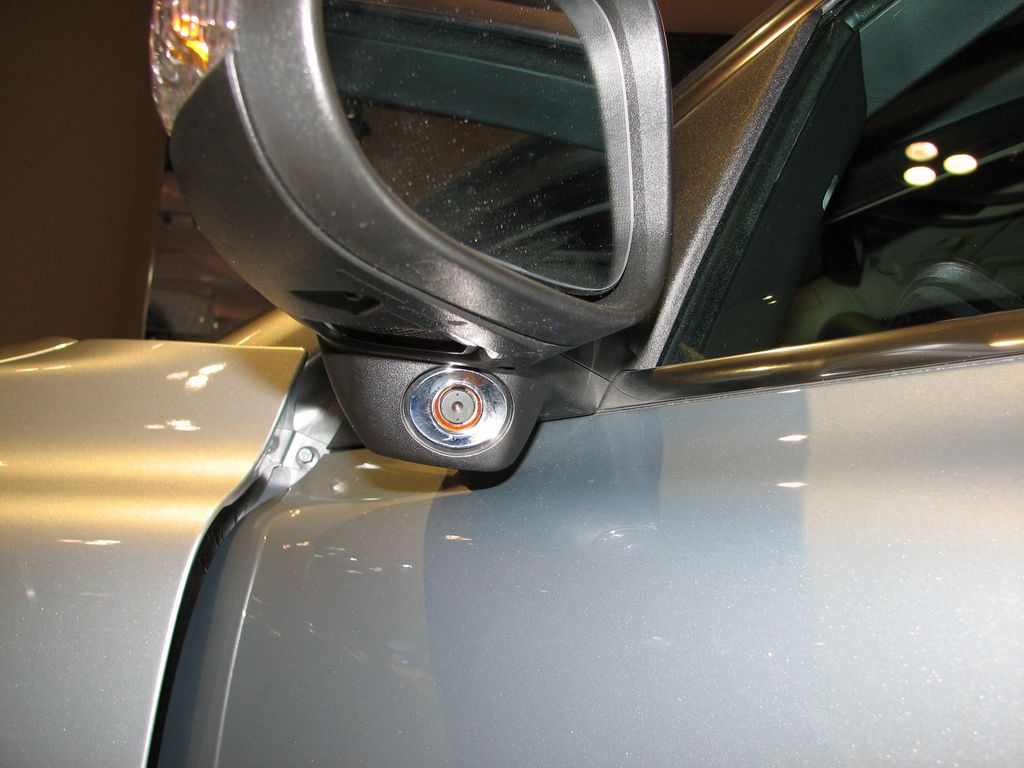
12. **Blind-Spot Monitoring**
Changing lanes on a bustling interstate highway can be a high-stress maneuver, fraught with anxiety about unseen vehicles. No matter how meticulously you adjust your side mirrors, those infamous blind spots persist, leaving a nagging doubt about what might be lurking just out of sight. Blind-spot monitoring systems emerge as a true hero in these nerve-wracking situations, offering a brilliant solution to a perennial driving challenge.
These advanced systems leverage radar and other sophisticated sensors strategically placed around your vehicle. Their mission is to constantly scan the areas to your left and right, specifically in those dreaded blind zones immediately behind your car. If an obstacle, such as another vehicle, is detected in these hard-to-see areas, the system promptly flashes a warning light, usually in your side mirror or on the A-pillar, to alert you.
The intelligence of blind-spot monitoring doesn’t stop there. Should you inadvertently activate your turn signal while an obstacle is present in your blind spot, the system will often escalate its warning. It will sound an audible alert, providing a clear and immediate signal that a lane change is inadvisable at that moment. This powerful hidden feature dramatically enhances safety and confidence when merging or changing lanes, transforming a moment of potential danger into a secure, informed decision.
Read more about: Beyond the Garage: 12 Critical Signs Your Old Car is Telling You It’s Time for a New One
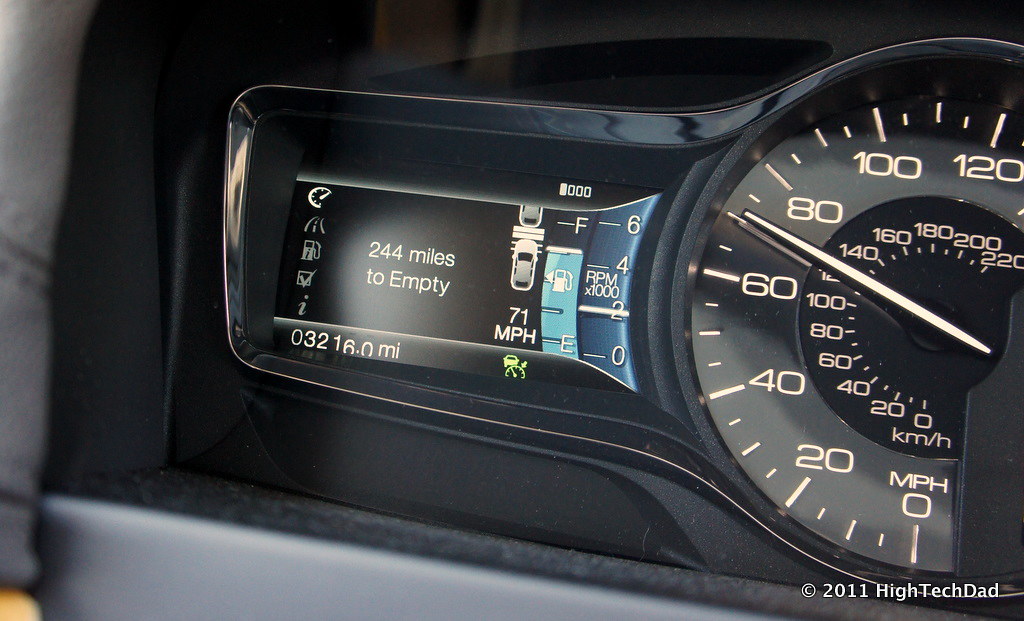
13. **Adaptive Cruise Control**
Traditional cruise control revolutionized highway driving by allowing your right foot to relax, maintaining a set speed on open stretches of road. However, its limitation quickly became apparent when encountering other vehicles; you’d invariably find yourself canceling the cruise, adjusting speed, and re-engaging. Modern adaptive cruise control takes this convenience to an entirely new level, leveraging your car’s array of sensors to offer a truly hands-off (though still attentive!) highway experience.
This sophisticated system constantly scans the road ahead, intelligently adapting your car’s speed to match that of the vehicle in front. Using a simple control on your steering wheel, you select your desired target speed, and your car will diligently maintain it. If the car ahead slows down, your vehicle will automatically reduce its speed to maintain a safe, pre-set following distance. As traffic clears or speeds up, your car seamlessly accelerates back to your target speed.
What’s truly remarkable is that many adaptive cruise control systems are now capable of operating effectively even in dense, stop-and-go traffic. They can slow your vehicle down to a complete halt if the traffic ahead warrants it, and then resume motion when the path clears. This incredible feature significantly reduces driver fatigue on long journeys and in congested commutes, making your driving experience far more relaxing and surprisingly intuitive.
Read more about: The Digital Divide in EVs: 9 Models Unpacked – Which Cars Master Over-the-Air Updates and Which Lag Behind?

14. **Self-Parking Feature**
For many drivers, the thought of perfectly executing a parallel or perpendicular parking maneuver in a tight spot can induce a cold sweat. What if your car could take over, steering itself flawlessly into position with minimal input from you? Believe it or not, this once-futuristic concept is now a hidden reality in many modern vehicles, transforming a common driving challenge into a moment of technological marvel.
As far back as 2017, models like the Toyota Prius demonstrated this astonishing capability, offering a self-parking feature that essentially parallel parks itself. The process is remarkably straightforward: you pull your car alongside the desired parking space, activate the feature with a simple button press, and then the magic begins. The car takes control of the steering wheel, expertly backing up and over into the space while you manage the accelerator and brake.
This ingenious system isn’t just about showing off; it utilizes an array of advanced sensors to precisely measure the parking space and guide the vehicle. Crucially, it works to avoid hitting cars or obstacles on either side of you, ensuring a smooth and safe parking experience. This hidden function is a testament to how far automotive technology has come, offering a convenient and stress-free solution to one of driving’s most common anxieties.
As we conclude this deep dive into the hidden wonders of your vehicle, it’s clear that modern cars are far more than just a means of getting from point A to point B. They are sophisticated ecosystems of engineering brilliance, packed with features designed not just for utility, but for enhanced safety, supreme comfort, and an undeniably smarter driving experience. These innovations, often operating quietly behind the scenes, are constantly working to make your time on the road safer, easier, and even a little more luxurious.
Read more about: The 14 Car Features Drivers Are Paying For But Rarely Use: An Expert Dive Into Unutilized Tech
So, the next time you settle into the driver’s seat, remember that beneath the familiar dashboard and beyond the obvious controls lies a treasure trove of capabilities waiting to be discovered. Take a moment to explore, consult your manual, or simply pay closer attention to those subtle cues your car gives you. You might just uncover a game-changing feature that you never knew you needed, proving that the journey of automotive discovery is truly endless and perpetually exciting. Happy driving, and may your adventures be filled with unexpected delights!



